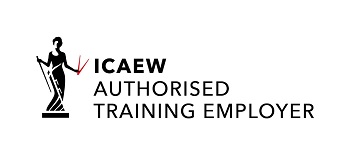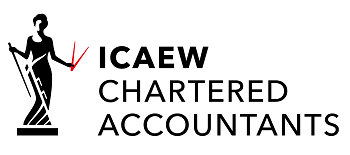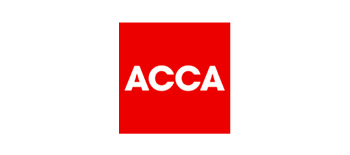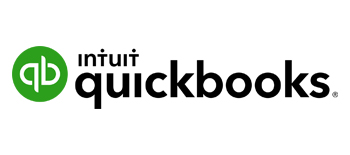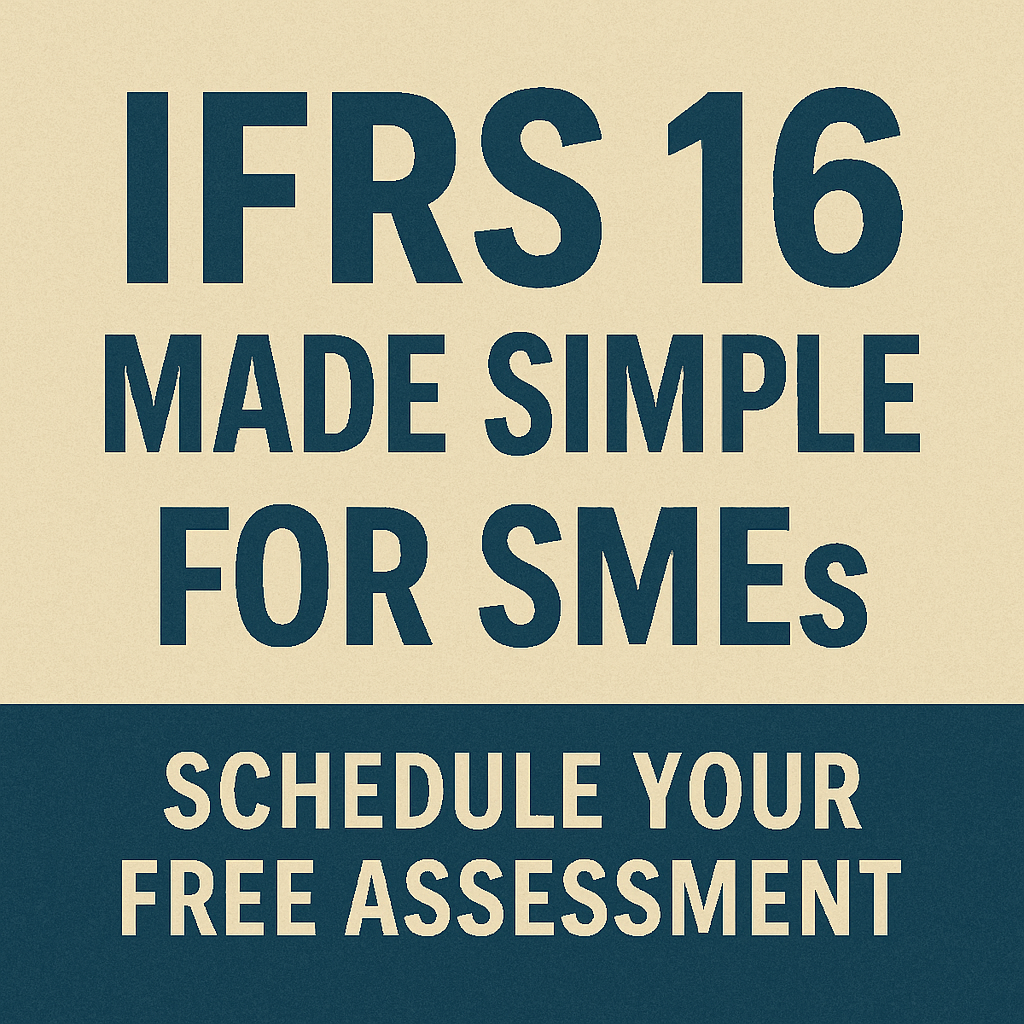
Here’s something that might surprise you: most small business owners I meet think lease accounting is boring. Fair enough – until they realise their monthly office rent could be hiding a £50,000 liability on their balance sheet that they never knew existed.
Welcome to IFRS 16, the accounting standard that turned the simple world of “we pay rent monthly” into something resembling a mathematical puzzle. But here’s the thing – it doesn’t have to be complicated. And more importantly, getting it wrong could cost you far more than getting it right.
The ripple effects of this change have been felt across every industry, from retail chains grappling with hundreds of store leases to tech startups questioning whether their hot-desking arrangements count as leases. What seemed like a technical accounting tweak has fundamentally altered how businesses understand their financial commitments.
Why Your Accountant Suddenly Started Talking About Balance Sheets
Remember when lease payments were just expenses? Those were simpler times. Under the old rules, you paid your rent, recorded it as an expense, and moved on with your life. IFRS 16 changed all that in January 2019, deciding that most leases – yes, including that modest office space you rent – should appear on your balance sheet.
The logic is actually quite sound, even if it feels like bureaucratic overreach. If you’ve committed to paying rent for the next five years, that’s a real obligation. Your balance sheet should reflect real obligations. Makes sense, right?
What doesn’t make sense is how this seemingly simple concept has created mountains of confusion for small and medium enterprises. The International Accounting Standards Board wanted to eliminate the artificial distinction between operating and finance leases, arguing that both create assets and liabilities that should be recognised.
But implementation? That’s where theory meets the messy reality of running a business. Suddenly, finance teams found themselves calculating discount rates, determining lease terms, and wrestling with concepts like incremental borrowing rates – terminology that most business owners had never encountered.
The Reality Check: What IFRS 16 Actually Means
Let me paint you a picture. Your company rents office space for £2,000 monthly on a three-year lease. Under the old system, you’d record £24,000 in rental expenses each year. Simple.
Under IFRS 16, you’re now looking at:
- A right-of-use asset worth approximately £72,000 (present value of future payments)
- A lease liability for the same amount
- Depreciation on that asset
- Interest on that liability
Suddenly, your balance sheet has grown by £72,000 on both sides, and your profit calculation has become more complex.
But wait – and this is crucial – your cash flow hasn’t changed one penny. You’re still writing the same £2,000 cheque each month. The economics of your business remain identical; only the accounting presentation has changed.
This disconnect between economic reality and accounting presentation has caused genuine confusion among business owners. Many initially panicked, thinking their debt levels had suddenly spiked. Others worried about covenant breaches with their banks. The reality is more nuanced – while your reported debt may increase, informed stakeholders understand this represents a change in accounting methodology rather than deteriorating business fundamentals.
The SME Exemption: Your Potential Escape Route
Here’s where it gets interesting. The International Accounting Standards Board recognised that forcing every corner shop to calculate present values might be overkill. So they created an exemption for Small and Medium-sized Entities.
If you qualify as an SME under IFRS for SMEs, you can stick with something much closer to the old approach. The catch? You need to actively choose this exemption, and it comes with specific criteria.
The qualification requirements aren’t arbitrary. You must be a private company without public accountability – meaning you don’t have debt or equity instruments traded in public markets, and you don’t hold assets in a fiduciary capacity for a broad group of outsiders as your primary business.
| IFRS 16 Full Standard | IFRS for SMEs | |
| Lease Treatment | All leases on balance sheet | Simpler approach available |
| Calculation | Complex present value calculations | More straightforward methods |
| Disclosure | Detailed disclosure requirements | Reduced reporting burden |
| Cost | Higher compliance costs | Lower implementation costs |
| Review Frequency | Quarterly reassessments needed | Annual reviews typically sufficient |
Note: This table assumes you meet SME criteria and elect the simplified approach
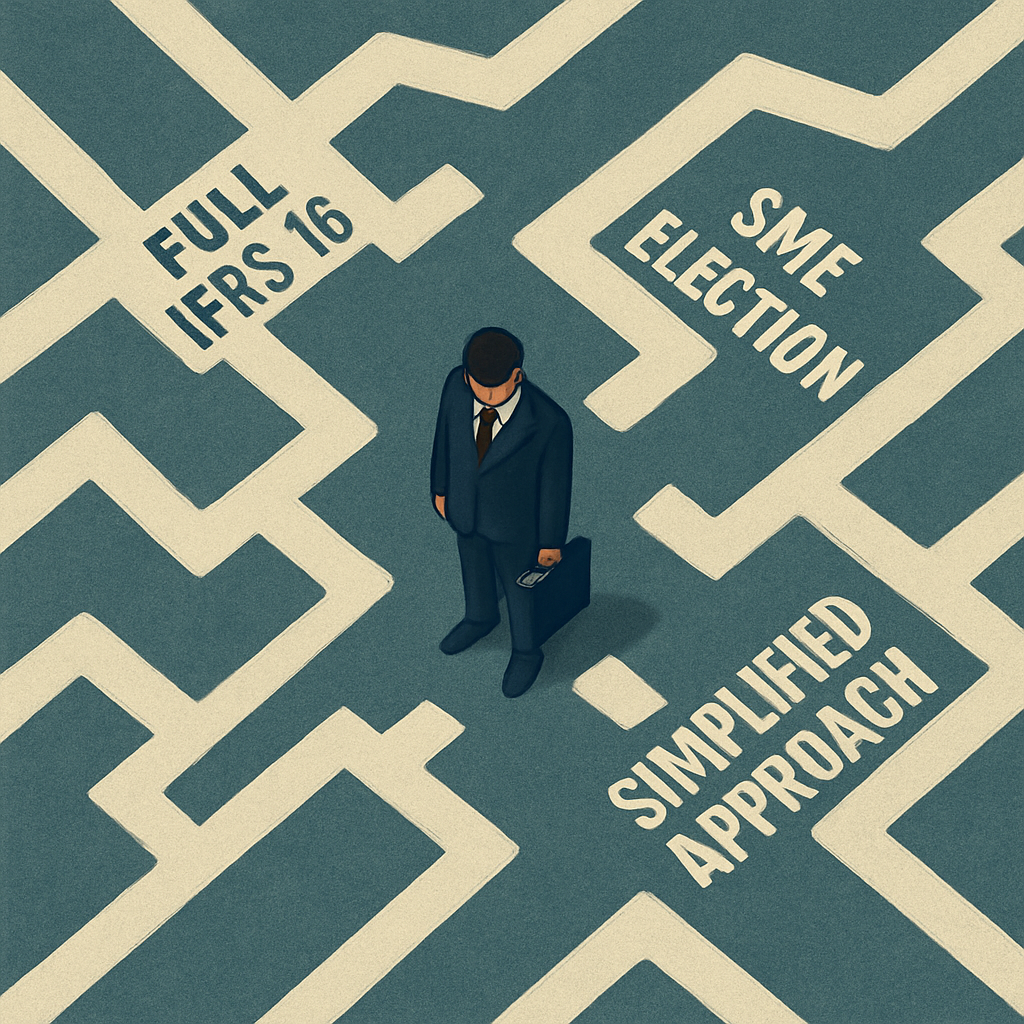
The Numbers Game: What This Actually Costs
I’ve seen businesses spend anywhere from £2,000 to £15,000 just getting their IFRS 16 implementation right. That’s before considering ongoing compliance costs.
For a typical SME with three or four leases (office, warehouse, maybe a company car), you’re looking at:
| Cost Category | Typical Range | Notes |
| Initial assessment | £1,500-£3,000 | One-time professional review |
| Software solutions | £200-£800 annually | Lease management tools |
| Ongoing compliance | £500-£1,200 per year | Annual updates & reporting |
| Potential penalties | £5,000+ | Non-compliance risks |
Compare that to potential penalties for non-compliance, and the maths becomes quite stark.
The hidden costs often surprise businesses most. Beyond the obvious professional fees, there’s the time investment from your finance team, the learning curve for new software systems, and the ongoing administrative burden of maintaining lease calculations. Some businesses underestimate these internal costs, focusing solely on external advisor fees.
Then there’s the opportunity cost. Every hour your finance director spends wrestling with IFRS 16 calculations is time not spent on strategic planning, cash flow management, or business development. For growing SMEs, this can represent a significant diversion of management attention.
When IFRS 16 Gets Complicated (Spoiler: Often)
Variable lease payments throw a spanner in the works. Your office lease might have base rent plus service charges that fluctuate quarterly based on actual usage. How do you calculate present value on something that changes based on occupancy rates, utility costs, and maintenance requirements?
Then there’s the discount rate question – what rate do you use to present-value your future lease payments? Your bank loan rate? The rate implicit in the lease? (Good luck finding that one – most landlords guard it like state secrets.) The incremental borrowing rate concept sounds straightforward until you try to determine what rate you’d actually pay for similar financing.
And lease modifications? Extend your lease by two years mid-term, and congratulations – you get to recalculate everything from scratch. The accounting becomes even more complex if the modification includes changes to the lease scope, such as adding additional floors or reducing the leased space.
Here’s a warning that most advisers won’t tell you upfront: The IFRS 16 transition isn’t just about getting the numbers right initially. It’s about maintaining those calculations, updating them when circumstances change, and documenting your methodology well enough to satisfy auditors years later.
Embedded leases add another layer of complexity. That comprehensive facilities management contract might contain lease components that require separation and individual IFRS 16 treatment. The line between service contracts and leases has become increasingly blurred, requiring careful analysis of each arrangement.
The Practical Steps (Finally, Some Action Items)
Step One: Inventory Everything
Every single lease agreement, licence, rental contract – even that monthly parking space arrangement you barely think about. IFRS 16 has specific thresholds and exemptions, but you can’t apply them if you don’t know what you’ve got.
Don’t forget the less obvious arrangements: equipment hire with fixed terms, warehouse space in shared facilities, even that serviced office arrangement where you pay monthly but have exclusive use of specific desks. The definition of a lease under IFRS 16 is broader than many realise.
Step Two: SME Status Reality Check
Are you genuinely an SME under the accounting standards? This isn’t about employee headcount or how entrepreneurial you feel. There are precise criteria involving public accountability, revenue thresholds, and asset values that determine your options.
The public accountability test trips up more businesses than expected. If you’re considering an IPO in the next few years, or if you have significant institutional investors, your SME status might be compromised. It’s worth getting professional clarification rather than making assumptions.
Step Three: The Election Decision
If you qualify for IFRS for SMEs, making that election isn’t automatic. It requires formal documentation, consistent application, and understanding the long-term implications for your financial reporting.
The election affects your entire accounting framework, not just lease accounting. You’ll need to consider how this impacts other areas of your financial reporting and whether the simplified approach aligns with your stakeholders’ expectations.
Professional Help: When It Actually Pays Off
I’m generally sceptical of advisers who claim every business needs expensive help for everything. But IFRS 16? This is genuinely one of those areas where professional guidance often costs less than amateur mistakes.
At Ask Accountant, we’ve developed a systematic approach to IFRS 16 assessments that starts with a fundamental question: do you actually need full compliance? Our experience with business advisory and tax solutions has taught us that sometimes the best advice is surprisingly simple: you don’t need to over-engineer this.
Our comprehensive services include inheritance tax planning, CIS claims and refunds, and proactive tax advisory solutions – all areas where precision matters enormously. IFRS 16 compliance fits naturally into this framework of careful, accurate financial management.
We’ve seen too many businesses either gold-plate their IFRS 16 implementation (hiring big-name consultants for straightforward situations) or take dangerous shortcuts (hoping the rules somehow don’t apply). Both approaches can prove expensive. The key is proportionate response based on accurate assessment of your specific circumstances.
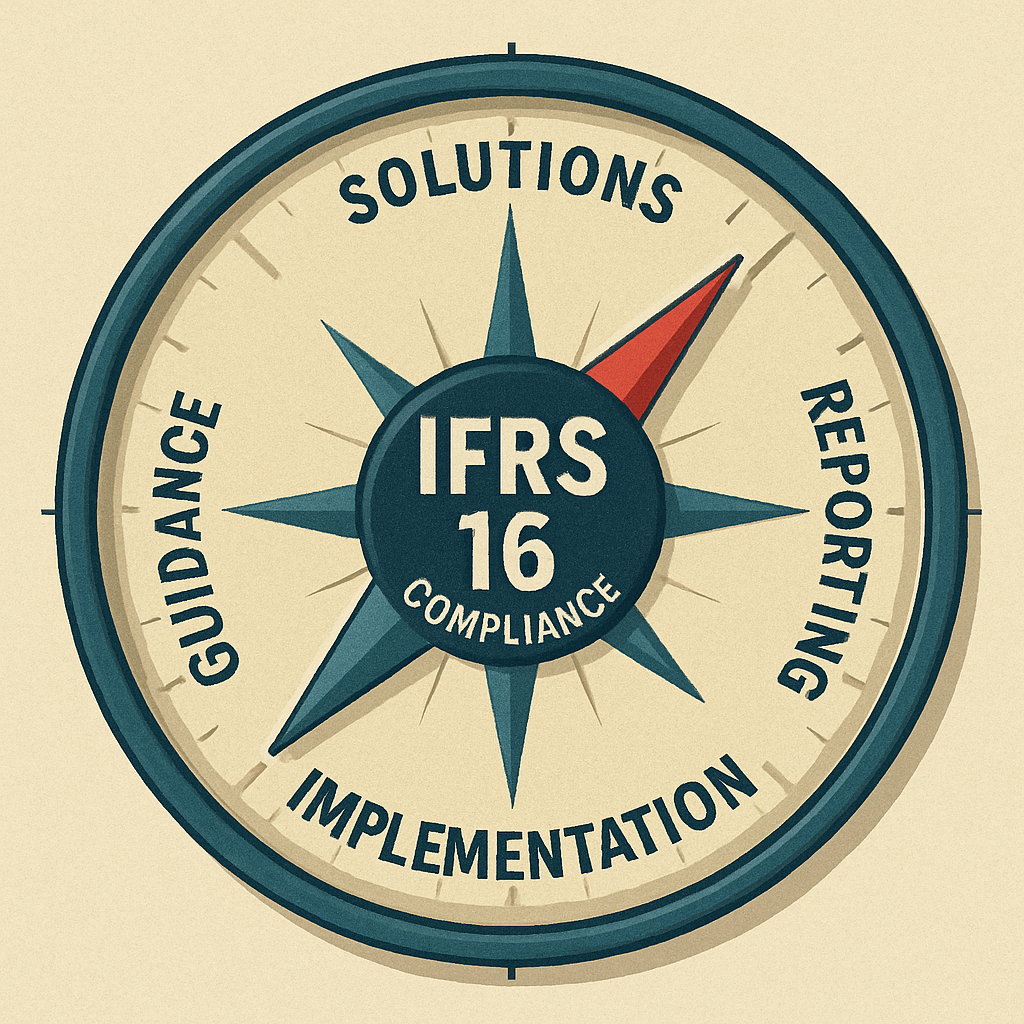
Your Free Assessment: What’s Actually Included
We’re offering free IFRS 16 assessments because too many SMEs are either gold-plating their compliance (expensive) or hoping the rules don’t apply to them (potentially catastrophic).
The assessment covers:
- SME qualification review – do you have simpler options?
- Lease inventory and classification – what actually needs IFRS 16 treatment?
- Implementation cost estimation – realistic budgeting for your specific situation
- Ongoing compliance planning – sustainable approaches for the long term
This isn’t a sales pitch disguised as free advice. It’s a 45-minute consultation designed to give you accurate information about your specific circumstances. We’ve found that many businesses are implementing IFRS 16 solutions that are either insufficient for their needs or unnecessarily complex for their situation.
We provide a mix of both technicality and business. We know that requirements that have to be met cannot be placed above efficiency in operations and cost effectiveness. This is because there is no use having a system that is technically manner that fulfils the requirements of the IFRS 16 but it becomes administratively demanding on an ongoing basis, thus there is no advantage in it.
Prepared to obtain the clarity on your IFRS 16 obligations? Call us on +44(0)20 8543 1991 or come in person at our office address: 178 Merton High St, London SW19 1AY to plan your free assessment.
We offer the combined talent of bookkeeping and accounting experience, business planning, growth projections and auto-enrolment support i.e. the one stop shop of small business accounts provision modern enterprises require. Such a combined effort will help your IFRS 16 compliance plan not live in its own world but align with your overall business goals.
Bottom Line (And Why It Matters)
IFRS 16 marks a radical change in accounting of lease commitment by businesses. In the case of SMEs, requiring compliance is not only technical; one must also find the most economically reasonable way to approach the compliance process which suits your real reporting needs without excessive complexity.
It is not too late to make informed choices on your IFRS 16 strategy but this window will not stay open forever. It is much cheaper correcting at the initial stage than cleaning up created messes.
The most important thing to remember: you do not need to deal with this yourself and do not need to accept the generic solutions that do not necessarily suit your business model. What is important is to obtain proper and relative discussions depending on your own specific situation as opposed to the blanket methods.
Frequently Asked Questions
Q: Am I a small business that must comply with IFRS 16?
A: This has to do with your particular reporting needs and organizational structure. Simplified approaches under IFRS for SMEs may be available to many SMEs that cannot be prepared as a part of complying with the overall IFRS but only through formal election and by satisfying certain conditions.
Q: What will happen, when I ignore IFRS 16 entirely?
A: Non-compliance leads to qualified audit opinions, problems with lenders or investors and possible regulatory fines. The risks depend on both your type of business and reporting requirements.
Q: Do I have to re-evaluate my leasing arrangements more frequently in IFRS 16?
A: A full IFRS 16 needs a re-examine of its policy whenever material changes to lease terms take place. The simplified methods applied by SMEs usually enable them to carry out yearly reviews, but significant changes will prompt changes.
Q: Is it possible to change (or adopt) full IFRS 16 to SME approach in the future?
A: Reforms of the accounting systems are multifaceted, and they are usually implemented in helpful consistency. To decide on the right approach early on is not only much easier, but much cheaper going by changing course.
Q: What is the biggest error in SMEs IFRS 16 practice?
A: Either assuming they need full compliance when simpler options exist, or assuming they can ignore it entirely. Both approaches can be costly – proper assessment of your specific situation is essential.
